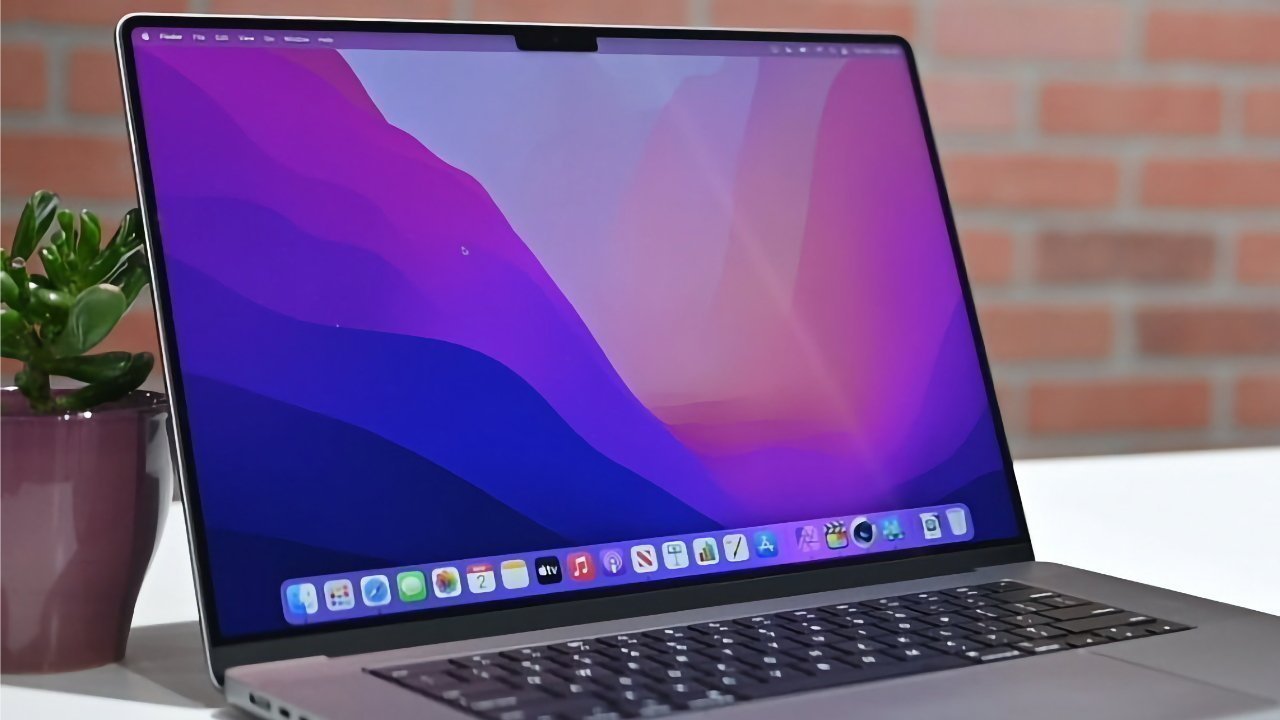Apple’s latest 14-inch MacBook Pro, now equipped with the M5 chip, has garnered significant attention from tech reviewers. While the device showcases notable performance enhancements, its design remains consistent with previous iterations.
Performance Enhancements with the M5 Chip
The introduction of the M5 chip marks a substantial leap in processing capabilities. Built on a third-generation 3-nanometer process, the M5 chip boasts a 10-core CPU, comprising four performance cores and six efficiency cores. This configuration is complemented by a 10-core GPU and a 16-core Neural Engine. Notably, each GPU core is integrated with Neural Accelerators, facilitating improved AI model processing and graphics performance. Apple asserts that this results in AI performance that is 3.5 times faster than the M4 and up to six times faster than the M1. Additionally, CPU performance sees a 20% boost in multi-core tasks compared to the M4, with graphical performance increasing by approximately 1.6 times. Unified memory bandwidth has also been expanded to over 150GB/s, enhancing overall system responsiveness.
Design Consistency
Despite the internal upgrades, the MacBook Pro’s external design remains unchanged. The device maintains its dimensions of 0.61 inches in thickness, a footprint of 12.31 inches by 8.71 inches, and a weight of approximately 3.4 pounds. The 14.2-inch Liquid Retina XDR display continues to offer a resolution of 3,024 by 1,964, delivering a pixel density of 254 pixels per inch. Features such as ProMotion adaptive refresh rates up to 120Hz, a 1,000,000:1 contrast ratio, peak brightness of 1,600 nits for HDR content, Wide-Color P3 support, and TrueTone remain consistent. Additionally, the option for a Nano-texture display treatment is available to minimize reflections.
Battery Life and Connectivity
The MacBook Pro is equipped with a 72.4-watt-hour lithium-polymer battery, providing up to 24 hours of video streaming. Connectivity options include three Thunderbolt ports supporting USB 4 and Thunderbolt 4, a MagSafe 3 connection, HDMI, an SDXC memory card slot, and a headphone jack. Wireless networking is supported through Wi-Fi 6E and Bluetooth 5.3. The device also features a 12MP Center Stage camera and a six-speaker sound system with force-canceling woofers, accompanied by a studio-quality three-mic array for audio input.
Reviewer Insights
Engadget commends the M5 MacBook Pro for retaining the strengths of its predecessors, highlighting the 60% faster GPU as a significant improvement for gaming potential. While the M4 was already impressive, the M5 presents a more compelling upgrade for existing M1 users. However, the absence of an OLED screen and the unchanged port selection are noted as areas for potential enhancement.
The Verge describes the M5 MacBook Pro as an incremental update, likening it to an annual Madden NFL release in laptop form. The primary changes are the faster chip and storage, with the design remaining consistent with the M4 version. The publication advises current M4 owners to continue using their devices, emphasizing that there’s no pressing need to upgrade to the M5.
Wired acknowledges that the M5 MacBook Pro closely resembles its predecessors from the past four years, which isn’t necessarily negative, given its standing as one of the best notebooks available. The M5 chip offers impressive processing improvements over the M4, though users may notice increased fan noise during intensive tasks. The enhanced GPU performance is particularly noteworthy, making the M5 shine in graphics-intensive applications.
CNET points out the lack of a redesign in the M5 model, noting its identical appearance to the 2024 version, with the M5 chip being the primary update for 2025. The performance gains, especially in on-GPU processing for AI and ray-traced graphics, are significant. However, the publication suggests that there’s no compelling reason to upgrade to the M5 model unless users are already considering replacing their current systems.
Benchmark Performance
Early benchmarks for the M5 MacBook Pro indicate a substantial performance boost over the M4. A Geekbench result reveals a single-core score of 4,263 and a multi-core score of 17,862. For context, the M4 chip in the previous-generation MacBook Pro scores around 14,700 in multi-core tests and approximately 3,770 in single-core tests. These scores position the M5 MacBook Pro as the fastest in Geekbench’s single-core performance rankings, surpassing the M4, M4 Pro, and M4 Max chips. It’s important to note that while these benchmarks are promising, real-world performance will depend on specific workflows and applications.
Availability and Pricing
The new 14-inch MacBook Pro with the M5 chip starts at $1,599. Preorders began on October 15, with availability commencing on October 22. Storage options range from 512GB to 4TB, and memory configurations include 16GB, 24GB, or 32GB of unified memory.
Conclusion
The M5 MacBook Pro offers significant internal performance enhancements, particularly in AI processing and graphics capabilities, thanks to the new M5 chip. However, the device’s external design and feature set remain largely unchanged from previous models. For users seeking the latest in processing power and AI capabilities, the M5 MacBook Pro presents a compelling option. However, those content with their current M4 models may find the upgrade less essential, given the lack of design changes and the incremental nature of the improvements.



